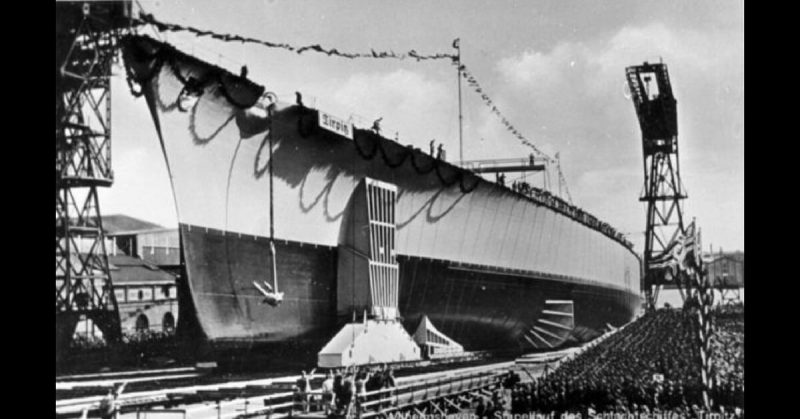The story of the World War II German battleship Bismarck is legendary. The massive warship was destroyed by British ships and planes and then scuttled by its crew in one of the most famous naval battles in the Atlantic during the war.
Bismarck, however, had a sister. The Tirpitz was commissioned into the Kriegsmarine (German Navy) in February 1941, and after a series of improvements, she weighed even more than the Bismarck. This was the heaviest battleship ever built by a European navy.
The British Royal Navy and Royal Air Force each dedicated several missions to destroying this behemoth, finally succeeding in November 1944. Apart from the sizable periods of time the Tirpitz spent under repair from the damages the British caused in a few of the missions, she was effectively an entire fleet in one ship. So feared was the Tirpitz, that is, the British had to dedicate a huge counter-force to remain in the region, should the Germans release this beast in an attack.
The Tirpitz’ main guns were eight 38 cm pieces mounted on four turrets. Following those, 15 cm, 10.5 cm, 3.7 cm, 2 cm (Flak) guns made up the rest of her armament along with eight torpedo tubes. Her armor was over a foot thick in the belt and on the gun turrets.
Compared to other elements in the German Navy, like the U-boats, for example, this giant battleship saw little action. In fact, the only time Tirpitz’ crew unleashed the power of her main batteries in an offensive action was on the Allied base on Spitzbergen, the main island of Svalbard. Tirpitz posed enough of a threat from her usual position in one of Noway’s fjords, that the Allies were almost too wary to try and move any ships or convoys between the North and Baltic Seas.
The Tirpitz could also be a huge problem for the Germans, as well. While trying to intercept two Allied convoys in March 1942, the Tirpitz, and the destroyers accompanying her, used up to 8,230 metric tons of fuel. It took the Germans three months to recuperate from the massive efforts.
The first operation in which the British had any major success in damaging the Tirpitz was codenamed Source and took place on the 20th-22nd September 1943, just two weeks after the assault on Spitzbergen. Using intelligence gathered by Norwegian Resistance brothers Torbjørn and Einar Johansen, the Royal Navy sent several X-class mini submarines into Norway’s Kåfjord, where the Tirpitz was stationed.
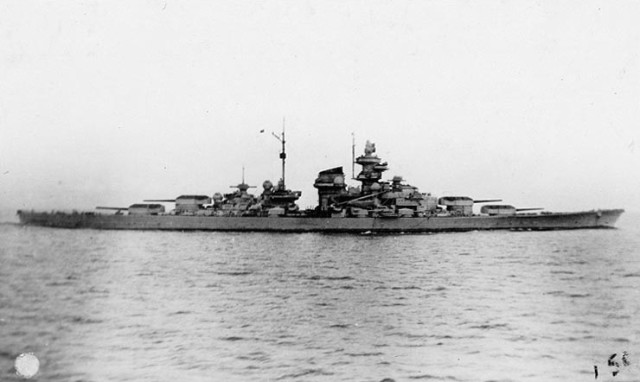
The mission was actually intended to destroy the Tirpitz, the battleship Scharnhorst and the heavy cruiser Lützow (which was in Langfjord). Six X subs were sent out, towed most of the way there by normal sized subs. X8 was heavily damaged en route and had to be scuttled. X9’s tow cable broke and she plunged abruptly down into the sea, killing the entire crew. The Scharnhorst, target of X9 and X10, was out for exercises, so X10 turned back.
X5’s fate is still unconfirmed, but it is thought that she was detected by the Tirpitz and sunk before reaching her target. X6 and X7, however, slipped under the Tirpitz’ torpedo nets and each laid two mines on timer fuses below and around the battleship on the seafloor. While trying to escape, both subs were detected and attacked. Of the eight crew members of the two craft, two from X7 were killed and the other six were captured by the Germans, survived the war, and were highly decorated by their country for their actions.
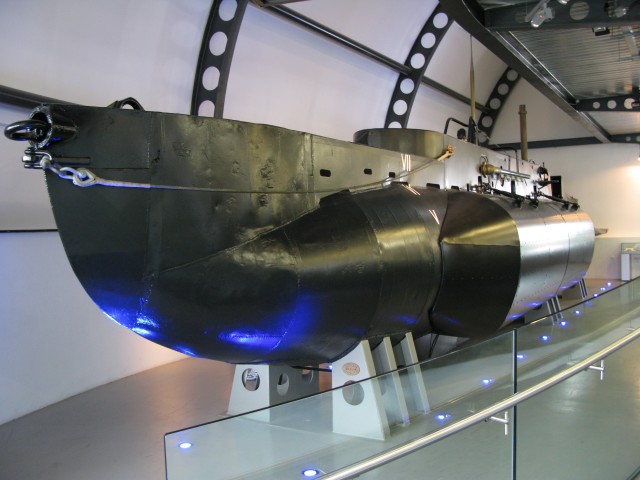
The Tirpitz was badly damaged by the mines. Shell plating was ripped open, an oil tank ruptured, one of the massive turrets was thrown off its bearings. All but one of the turbo-generators was disabled and over 1,400 tons of water flooded the ships, causing a list of one or two degrees to port. While the Tirpitz wasn’t sunk, it took over six months to repair in one of the most complex naval engineering tasks of World War II.
The Royal Navy and Fleet Air Arm tried several more times to sink the Tirpitz and caused some significant damage along with killing and wounded hundreds of the crew. But they never sank her and lost several aircraft in the attempts. The duty of sinking the Tirpitz then fell to the Royal Air Force.
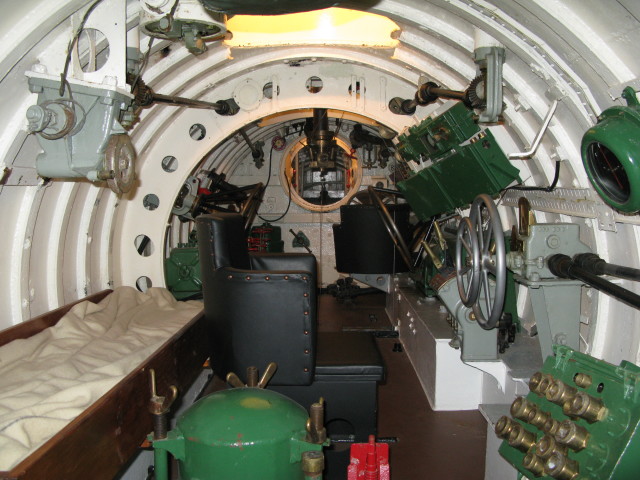
In two missions in September and October 1944, the RAF managed to do sizable damage to the Tirpitz with armor-piercing Tallboy bombs weighing over 10,000 pounds each. The full repairs would have taken the German’s months. The ship, barely seaworthy, was moved further South to the Island of Håkøya in Tromsø and was used as a floating gun battery.
The RAF’s final missions to sink Tirpitz, Operation Catechism, was launched on November 12th, 1944. Thirty-two Lancaster bombers dropped 29 Tallboys from the sky with two direct hits, a near miss and further misses conveniently destroying the sandbank the Germans had built up to keep the ship from capsizing. The bombers had come in at 9:35 AM and by 9:50, the Tirpitz was tipped 60 degrees to port, all hands were abandoning ship. As one group of men were swimming to shore, a huge explosion blasted one of the large turrets into the air which then crashed into the sea, killing all of them.
Before 10 AM, the Tirpitz was totally capsized. Eighty-two men would be rescued by comrades cutting through the hull, but between 950 and 1,204 of the crew died in the destruction of the mighty battleship.
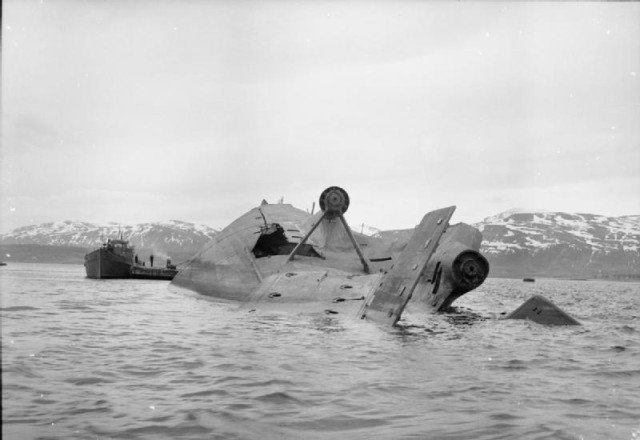
Accusations flew widely between the Kriegsmarine and the Luftwaffe over why the Tirpitz had no air support in the attack. After investigations, poor communication between the two military branches was blamed. A joint Norwegian-German company began salvage operations on the ship in 1948 and didn’t finish until 1957.
Though she was used comparatively very few times and always at great cost to Germany in terms of war supplies, the Tirpitz certainly fulfilled its purpose, holding the Allied navies in check and forcing them to be ever watchful. She was finally sunk just over five months after D-Day, becoming another symbol of the imminent defeat of the Third Reich.
By Colin Fraser for War History Online
